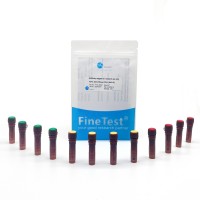Introduction to QM/MM Simulations
互联网
635
Hybrid quantum mechanics/molecular mechanics (QM/MM) simulations have become a popular tool for investigating chemical reactions in condensed phases. In QM/MM methods, the region of the system in which the chemical process takes place is treated at an appropriate level of quantum chemistry theory, while the remainder is described by a molecular mechanics force field. Within this approach, chemical reactivity can be studied in large systems, such as enzymes. In the first part of this contribution, the basic methodology is briefly reviewed. The two most common approaches for partitioning the two subsystems are presented, followed by a discussion on the different ways of treating interactions between the subsystems. Special attention is given on how to deal with situations in which the boundary between the QM and MM subsystems runs through one or more chemical bonds. The second part of this contribution discusses what properties of larger system can be obtained within the QM/MM framework and how. Finally, as an example of a QM/MM application in practice, the third part presents an overview of recent QM/MM molecular dynamics simulations on photobiological systems. In addition to providing quantities that are experimentally accessible, such as structural intermediates, fluorescence lifetimes, quantum yields and spectra, the QM/MM simulations also provide information that is much more difficult to measure experimentally, such as reaction mechanisms and the influence of individual amino acid residues.





